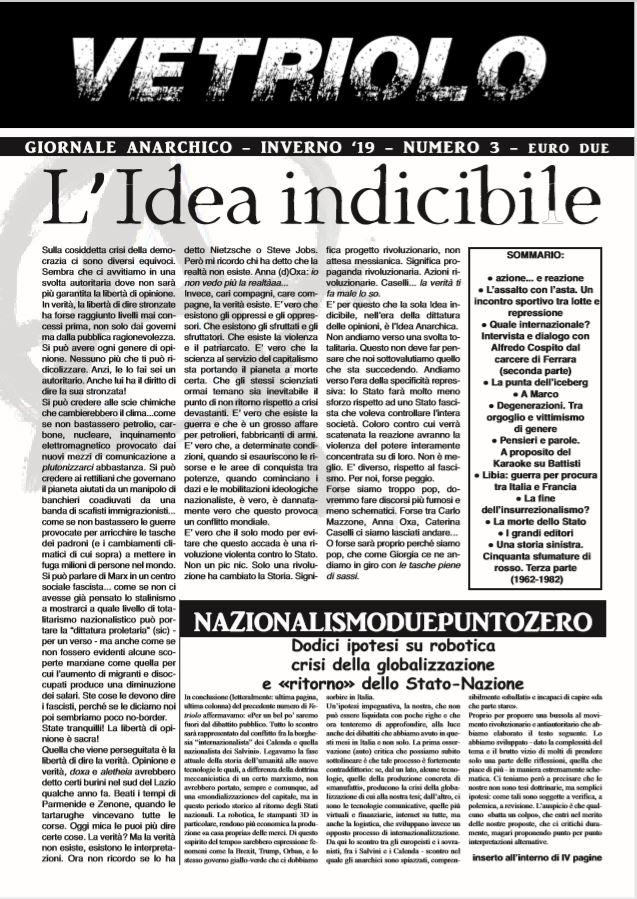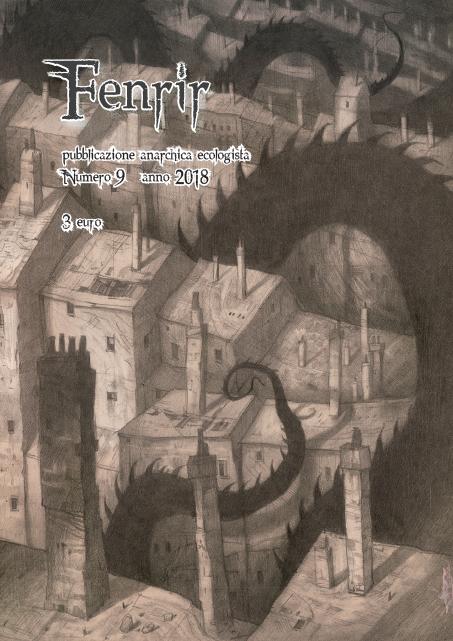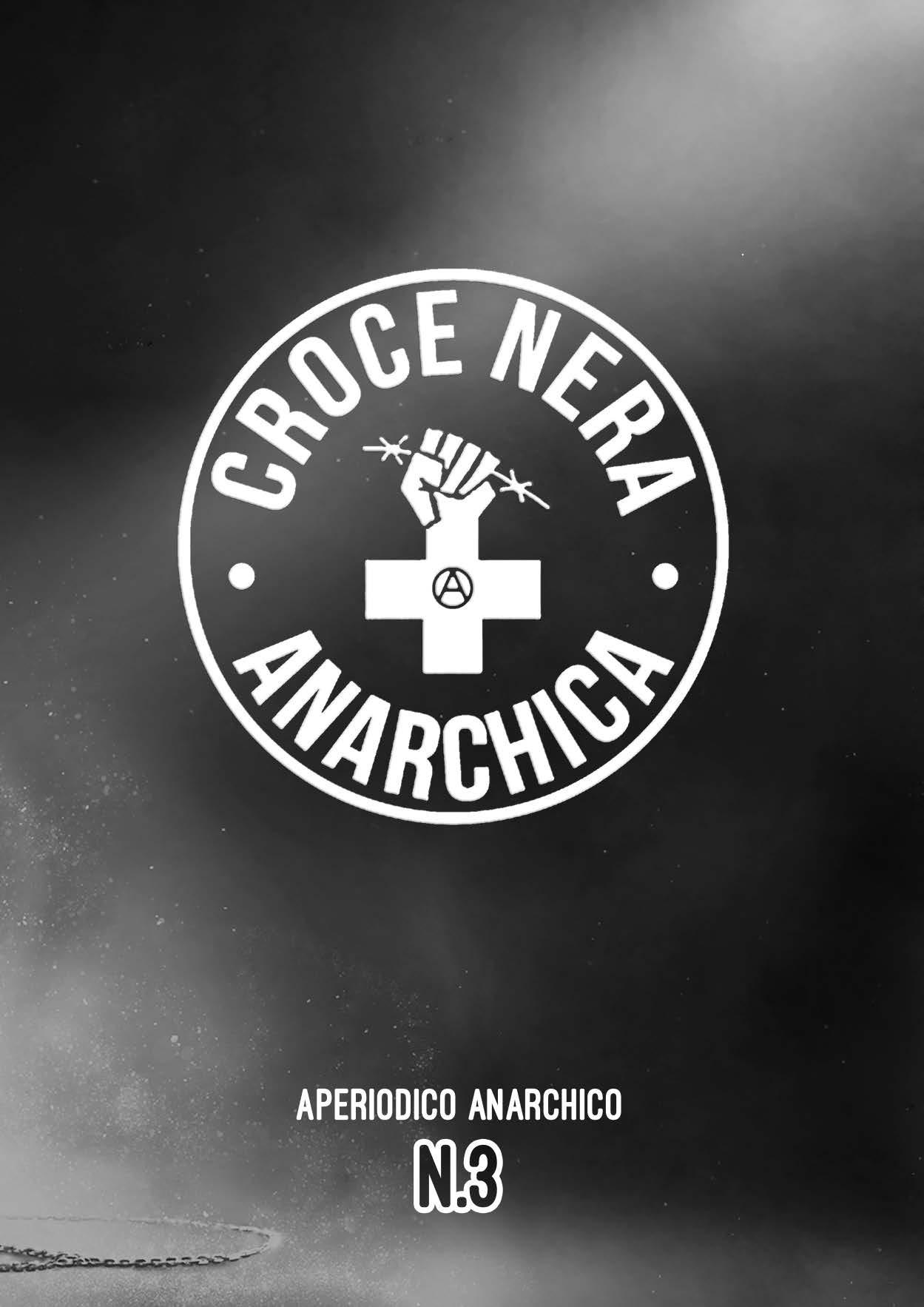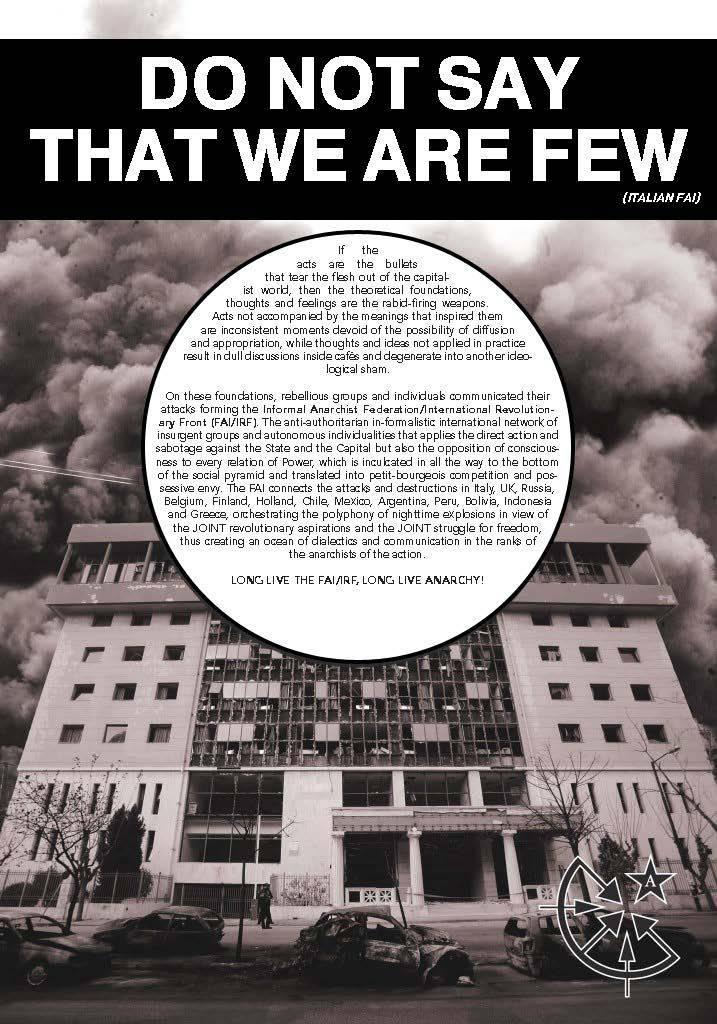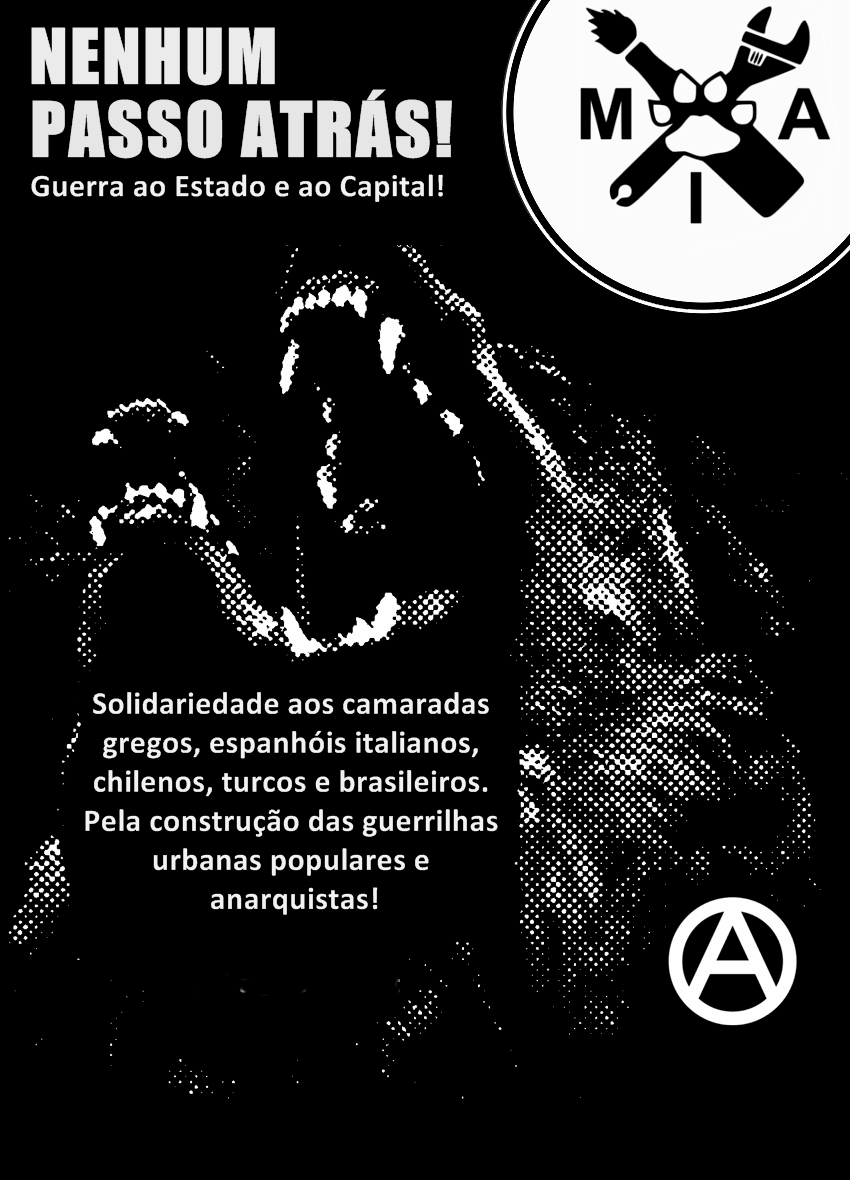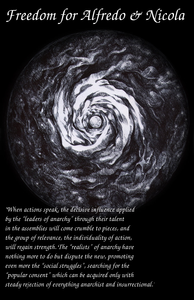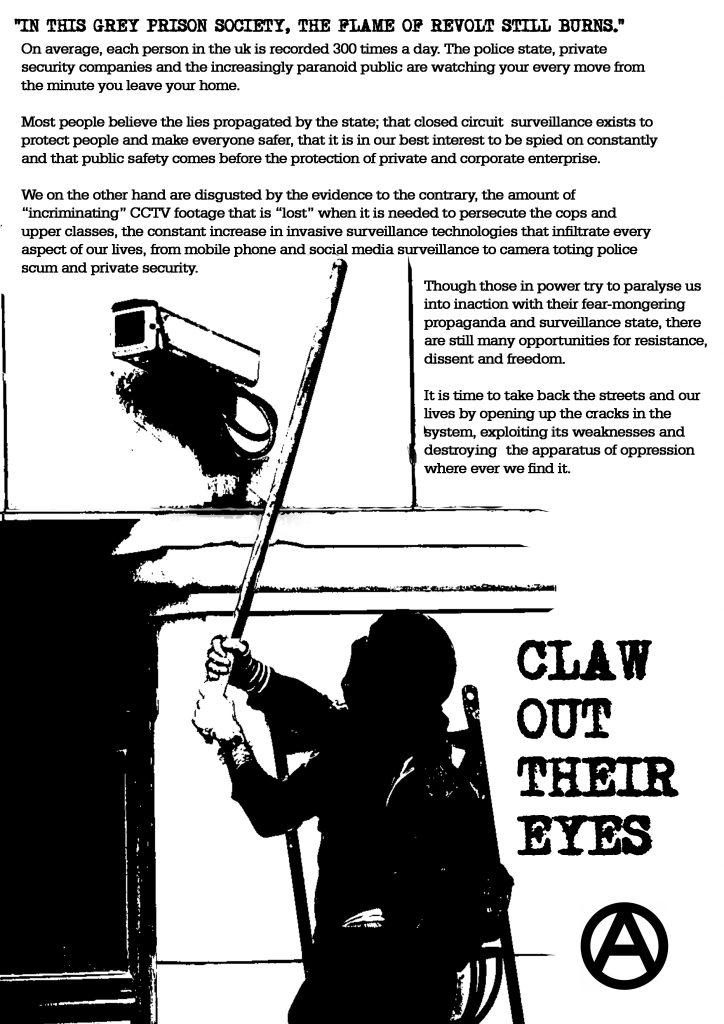Elephant Ed. English
Elephant Ed. : Juan José Garfia — Adiós Prisión. The story of the most spectacular escapes [en]
Download: PDF
Original title: ADIÓS PRISIÓN. El relato de las fugas mas espectaculares, First Spanish edition: Txalaparta ed., Tafalla, October 1995
Italian Edition: ADIÓS PRISIÓN. Il racconto delle fughe più spettacolari Biblioteca Dell’Evasione, August 2008
Translated by Barbara Stefanelli and Jean Weir in collaboration with Antonia and other accomplices
Introduction to the English edition
As soon as I finished reading Adiós Prisión in the Italian edition published in August 2008 I felt the urge to translate it. It is one of those books that you do not want to finish. You cannot get it out of your head, you want to delve deeper and deeper into it.
This book talks about freedom, the urgent need for freedom and the impossibility of living without it. This book says that freedom must be taken back at all costs and that is exactly what the protagonists of Adiós Prisión, Spanish prisoners under the infamous FIES regime, did: they took back their freedom using all means necessary, challenging the impossible, ready to kill for it if necessary. There is no room for political correctness or abstract morals concerning human life here: if the screws keep you locked up and your life, even in its most banal and insignificant aspects, is at the mercy of their caprice, violence and stupidity, your only choice is to eliminate them if they put themselves between you and your freedom.
The protagonists of this book are not passive subjects of the prison system, on the contrary they are well aware of the fact that prison is the absolute negation of human dignity. As FIES prisoners they are experiencing directly how human beings will never adapt to life in prison, and their most impelling need is to escape in order to put an end to a situation that is unendurable.
The FIES, Ficheros de Internos de Especial Seguimento (record of prisoners under special observation) was inaugurated by the Spanish prison system in 1991 in order to further punish and control prisoners who had been carrying out revolts in the Spanish jails over the previous decades. Two amnesties were granted following the dictator Franco’s death, one in 1976 and one in 1977, but they were systematically denied to a large number of prisoners, the ‘social’ prisoners, whereas many of those declared or considered ‘political’ were released. It was then that revolts started breaking out continuously, not only for the amnesty to be extended to all prisoners but also against the unbearable conditions inside the jails (torture, beatings, overcrowding, rotten food, no medical attention for prisoners affected by medical conditions, and so on). Prison infrastructures were smashed and destroyed as a result of the frequent riots that occurred in most Spanish prisons in the years following Franco’s death. The FIES was created with the precise aim of keeping a record of the most rebellious prisoners of those years. However, it was not just an archive for gathering information about hot-headed prisoners: along with its inauguration special wings were being built inside prisons all over Spain to hold those considered particularly dangerous by the prison system. In the special wings the cells were tiny, the walls were completely bare, the toilet was a hole in the floor, the bed was made of iron, and it was impossible to see out through the barred window. Prisoners spent days, months, years locked up in these dungeons and were allowed to keep nothing with them as their personal possessions were seized on entry to the wing. The screws were always ready to provoke, search and beat prisoners, knowing that they could count on total impunity and the
...
Original title: ADIÓS PRISIÓN. El relato de las fugas mas espectaculares, First Spanish edition: Txalaparta ed., Tafalla, October 1995
Italian Edition: ADIÓS PRISIÓN. Il racconto delle fughe più spettacolari Biblioteca Dell’Evasione, August 2008
Translated by Barbara Stefanelli and Jean Weir in collaboration with Antonia and other accomplices
Introduction to the English edition
As soon as I finished reading Adiós Prisión in the Italian edition published in August 2008 I felt the urge to translate it. It is one of those books that you do not want to finish. You cannot get it out of your head, you want to delve deeper and deeper into it.
This book talks about freedom, the urgent need for freedom and the impossibility of living without it. This book says that freedom must be taken back at all costs and that is exactly what the protagonists of Adiós Prisión, Spanish prisoners under the infamous FIES regime, did: they took back their freedom using all means necessary, challenging the impossible, ready to kill for it if necessary. There is no room for political correctness or abstract morals concerning human life here: if the screws keep you locked up and your life, even in its most banal and insignificant aspects, is at the mercy of their caprice, violence and stupidity, your only choice is to eliminate them if they put themselves between you and your freedom.
The protagonists of this book are not passive subjects of the prison system, on the contrary they are well aware of the fact that prison is the absolute negation of human dignity. As FIES prisoners they are experiencing directly how human beings will never adapt to life in prison, and their most impelling need is to escape in order to put an end to a situation that is unendurable.
The FIES, Ficheros de Internos de Especial Seguimento (record of prisoners under special observation) was inaugurated by the Spanish prison system in 1991 in order to further punish and control prisoners who had been carrying out revolts in the Spanish jails over the previous decades. Two amnesties were granted following the dictator Franco’s death, one in 1976 and one in 1977, but they were systematically denied to a large number of prisoners, the ‘social’ prisoners, whereas many of those declared or considered ‘political’ were released. It was then that revolts started breaking out continuously, not only for the amnesty to be extended to all prisoners but also against the unbearable conditions inside the jails (torture, beatings, overcrowding, rotten food, no medical attention for prisoners affected by medical conditions, and so on). Prison infrastructures were smashed and destroyed as a result of the frequent riots that occurred in most Spanish prisons in the years following Franco’s death. The FIES was created with the precise aim of keeping a record of the most rebellious prisoners of those years. However, it was not just an archive for gathering information about hot-headed prisoners: along with its inauguration special wings were being built inside prisons all over Spain to hold those considered particularly dangerous by the prison system. In the special wings the cells were tiny, the walls were completely bare, the toilet was a hole in the floor, the bed was made of iron, and it was impossible to see out through the barred window. Prisoners spent days, months, years locked up in these dungeons and were allowed to keep nothing with them as their personal possessions were seized on entry to the wing. The screws were always ready to provoke, search and beat prisoners, knowing that they could count on total impunity and the
...
22 feb 2017 Leggi il testo completo...
Rivendicazioni/Claims
Prigionieri anarchici/Anarchist prisoners
Riflessioni/Reflections
Pubblicazioni/Publications
325
Act for freedom now
Ad Nihilo
Agitasi
Anarchist Black Cross - Greece
Anarchist Libraries
Anarchist Worldwide
Anarhistička Biblioteka Makedonija
Anarquia.info
Attaque
Černorudá Příručka [Czech]
Chronik
Congegno Individualista – L'incendiario
ContraMadriz
Contra Toda Nocividad
Croce Nera Anarchica
Dark Matter Publlications
Des oreilles et des yeux
Edizioni Anarchismo - Archivio digitale
Edizioni Monte Bove
Elephant Editions
Inferno Urbano
Informazione Anarchica
Insuscettibile di Ravvedimento
Kairos - Journal anarchiste
Kronika odporu [Czech]
La Rebelión de las Palabras
Lukáš Borl // archiv
Network of Revolucionary Cells (SRB)
Parole al vento
Person(s) Unknown Publications
Propagación Anárquica
Publicación Refractario
RAAP
Sans Attendre Demain
Tormentas de Fogo
Traces of Fire
Untorelli Press
Warzone Distro



